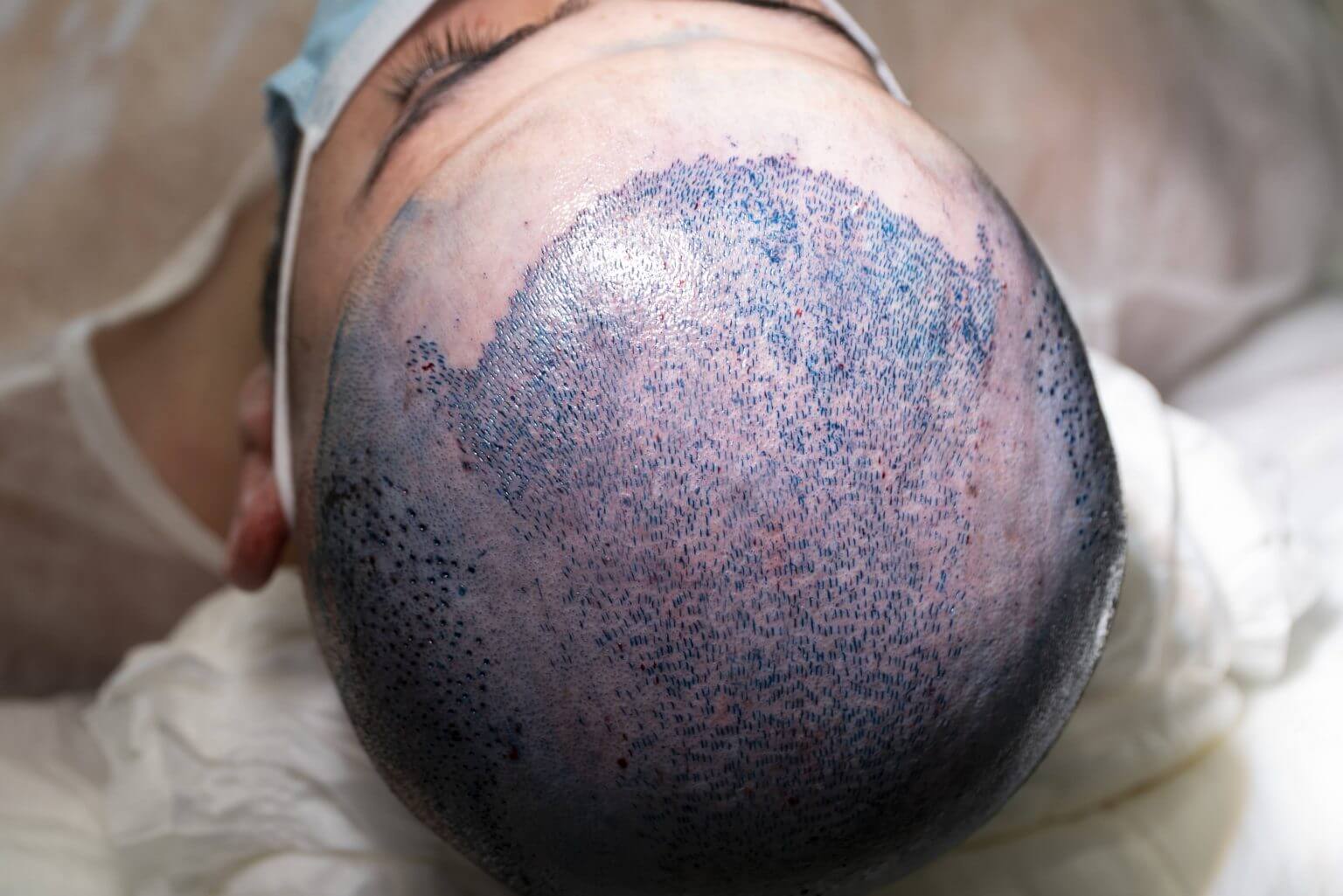What is a hair transplant?
Hair transplant is a procedure in which a plastic or dermatological surgeon moves hair from the back or side of the head – where the healthy hair follicles that are genetically resistant to balding- to the recipient site, typically it occurs in a medical office under local anesthesia.
Hair transplantation can also be used to restore eyelashes, eyebrows, beard hair, chest hair. Also, to fill in scars caused by accidents or surgery such as face-lifts and previous hair transplants.
Espoir Clinic provides you with hair transplantation procedures performed by our specialists with a success rate that goes up to 100%.
Do hair transplants work?
The thin appearance of our hair can sadly make us insecure and uncomfortable. That’s why Espoir Clinic provides you with hair transplantation procedures performed by our specialists with a success rate that goes up to 100%.
The results as seen on our patients are usually amazing with hair that is natural, healthy, voluminous, and pleasant looking.

What are the methods of hair transplant?
FUE (Follicular Unit Extraction) :
There are three main methods in the application of FUE :
- Micro FUE: In this method, micro-needles are used, and hair follicles are taken. The main reason for removal is to support the formation of new hair follicles and cell regeneration. The incisions have a range of approximately 0.6 to 0.9 mm. The hair follicles near the incisions allow hair roots and new cells to form there. Thus, effective hair transplantation is performed without damaging the tissue.
- Sapphire FUE: In this method, the devices and needles in the micro method are not used. The main feature of this technique is that the tips used are made of sapphire material, not metal. At the same time, this method can be applied to the scalp with hair. Microchannels are opened to allow cell renewal on the scalp. Then, different stages are applied to ensure that the hair becomes denser and longer over time.
- Soft FUE: The process applied in this method is also applied as a sub-technique. You can have this procedure done under local anesthesia in a completely safe and painless way.
U-FUE (Unshaven hair transplant/Undetectable FUE) :
Unshaven hair transplantation methods are based on two different techniques:
- The FUE method: a one-session method, 4 thousand grafts, in other words, hair roots, can be used for the transplantation. In this process, hair root transplantation is performed with micro-needles.
- The DHI method: This method requires more sessions, there are 3 thousand hair follicles that can be transplanted.
These methods can allow three hairs to grow from one root. As a result, the hair becomes fuller and thicker in a much shorter time.
Compared to other methods, unshaven hair transplantation is preferred more often by patients. The reason for this is that it is done very quickly and can be applied to long hair. It is also carried out with a lot of success. Complete recovery is achieved within 10 days. Patients can return to their routines in a very short time
DHI (Direct Hair Implant):
In this method sample roots are taken from the areas with the highest hair density and transplantation is performed in the most hairless areas. If patients are completely bald, an agreement can be made with a different donor. Hair follicles are naturally obtained from the donor and transplanted onto the patient’s head.
While all these methods are effective, the best option for you will depend on your individual needs and the recommendations of your specialist.
What’s the ideal age for a hair transplant?
Age-wise, there is no exact number at which patients can start considering a hair transplant surgery. Baldness or hair loss can affect patients as old as 18 years (or even younger in certain cases) and may become more serious around the age of 40 or 50 years old.
However, the common age group most likely to undergo a hair transplant surgery is between 20 and 60 years old.
During the preliminary consultation, the doctor will determine whether the patient’s baldness may turn serious with time and accordingly recommend the most suitable treatment for them.



Leave a Reply